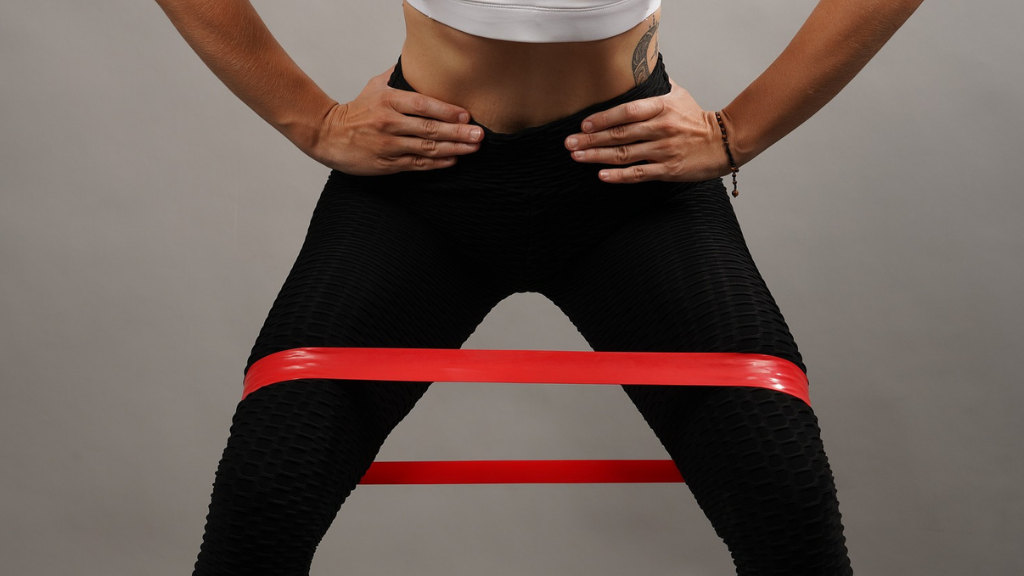Resistance bands are a popular and affordable tool for working out, especially when it comes to targeting the glutes. But with so many different sizes and resistance levels available, it can be challenging to know which one is best for your workout.
Why Use Resistance Bands for Glutes Workouts?
Resistance bands provide a unique type of resistance that can help activate and strengthen the glute muscles in a different way than traditional weights. They can also be used to add extra resistance to bodyweight exercises, making them more challenging and effective.
Using resistance bands for glutes workouts can also have the following benefits:
- Increased range of motion: Resistance bands can help increase the range of motion during exercises, which can lead to greater activation and development of the glutes.
- Improved mind-muscle connection: Resistance bands can help improve the mind-muscle connection, which is essential for effectively targeting and activating the glutes.
- Versatility: Resistance bands can be used for a wide variety of exercises, from squats and lunges to hip thrusts and glute bridges.
How to Choose the Right Size of Resistance Band for Your Glutes Workout
Choosing the right size of resistance band for your glutes workout depends on several factors, including your fitness level, the type of exercise you plan to do, and your personal preferences. Here are some guidelines to help you choose the right size of resistance band for your glutes workout:
Level of Resistance
Resistance bands come in different levels of resistance, usually indicated by color. The resistance level you choose will depend on your fitness level and the type of exercise you plan to do. Here are some general guidelines:
- Light resistance: If you’re new to resistance training or just starting out with glutes workouts, a light resistance band may be a good place to start. Light resistance bands are typically yellow or green and provide around 5-10 pounds of resistance.
- Medium resistance: If you have some experience with resistance training and want to challenge your glutes a bit more, a medium resistance band may be more appropriate. Medium resistance bands are usually red or blue and provide around 10-20 pounds of resistance.
- Heavy resistance: If you’re an experienced lifter or want to really challenge your glutes, a heavy resistance band may be the way to go. Heavy resistance bands are usually black and provide around 20-30 pounds of resistance.
Length of the Band
The length of the resistance band can also affect the level of resistance. A shorter band will provide more resistance, while a longer band will provide less resistance. When choosing the length of your resistance band, consider the following:
- Your height: If you’re taller, you may want to opt for a longer band to ensure you have enough length to perform certain exercises.
- The type of exercise: If you plan to use the band for lower body exercises, like squats or lunges, a longer band may be more appropriate. For upper body exercises, a shorter band may be sufficient.
Conclusion
Choosing the right size of resistance band for your glutes workout can make a big difference in the effectiveness of your workout. By considering your fitness level, the type of exercise you plan to do, and the length of the band, you can choose a resistance band that fits your needs.
